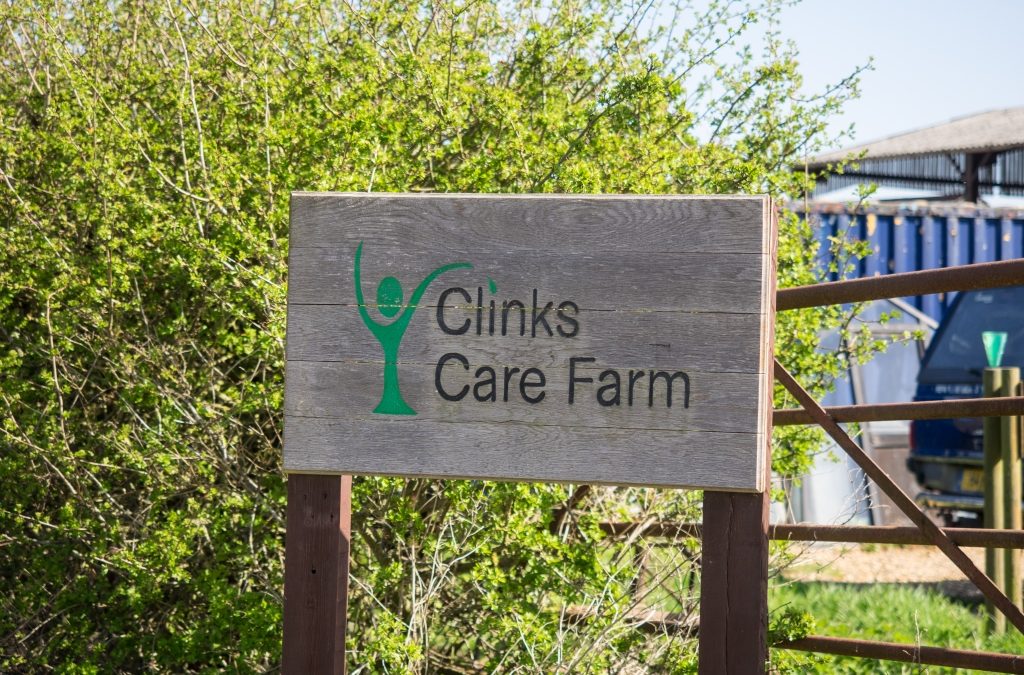Reviewing your biosecurity plan can be a daunting process. If not reviewed on a yearly basis the plan can end up out-of-date as building and fencing developments may have taken place, and there could have been changes to legislation.
With the constantly evolving landscape in farming and agriculture generally, it is critical that your biosecurity plan is kept new, relevant and compliant so should the worst occur, you can ensure you are doing the best you can to safeguard your livestock and livelihood.
As Livetec are experts in biosecurity, we have put together 10 key steps that you should take into account when you’re reviewing your biosecurity plan.
- Identify the diseases that your livestock are susceptible to, and how these could impact your farm.
- Know and identify the risks that farm workers, visitors as well as vehicles pose, paying attention to their movements into and around the premises.
- Speak to an expert about changes, including new legislation and updates to regulations that may affect your operations, livestock and current biosecurity processes.
- Ensure any vaccination records are up-to-date and collated into an easy to view format, reviewing their status to reduce disease incursion.
- Create a map of the property, its boundaries as well as all entry and exit points making note of any changes to highlight new and recurring risk areas.
- Survey your buildings, sheds and storage facilities for unwanted egress points for wild birds and vermin, whilst paying attention to the maintenance standards of the building.
- Review your farm’s management practices, relaying any changes to your current plan to everyone who will enter your farm.
- Choose the biosecurity protocols that work for your farm, your staff and your livestock, adapting them where needed to ensure they are compliant.
- Review the positions of any cleansing and disinfection stations, ensuring they are still in the correct position, are easy to access and clearly labelled.
- Watch everyone on-farm regularly to recognise any behaviours that do not align with your current plan, and where needed, review the way that you translate your instructions and ensure everyone is following them.
Your biosecurity plan should be structured for a daily routine, but it should also have details of how the routine would change in times of emergency.
It is an ongoing process that every farm should complete in order to remain compliant with legislation, protect the farms integrity, as well as maintain high welfare of their animals and ensure business continuity.
Livetec technical services can help you
Our bespoke services help farmers adopt and implement effective strategies, making us the go-to partner for all biosecurity issues in the livestock industry. We create and review biosecurity plans for farm businesses at any scale, using decades of field experience to protect farmers’ livestock and livelihoods.
Our biosecurity experts provide you with expert guidance, support and advice, allowing you to implement a biosecurity plan that mitigates the risk of a disease outbreak.
A biosecurity plan that is continually reviewed and updated gives farm businesses operational security, economic safety, higher animal welfare, and a reputation for the highest biosecurity standards.
Find out more www.livetecsystems.co.uk








